The results of the 2017 Norwegian Auto Federation Winter Tire Test – the most comprehensive annual winter tire test – have been released, and the big news coming into the test this year is the introduction of the new Nokian Hakkapeliitta 9. Nokian’s previous premium studded winter tire – the Hakka 8 – was matched by Continental’s IceContact2 for a first place tie in last year’s test. How will the new Hakka 9 fare against the competition? No need for suspense, here are the rankings!
1st Place: Continental IceContact 2
Previous results: 1st, 2nd.
The Continental IceContact 2 wins this year’s comparison test with strong ice performance and competence in all driving conditions. Unfortunately, this tire is not available in North America.
2nd Place: Hankook Winter I*Pike RS
Previous results: 5th, 2nd, 6th, 5th.
The introduction of the Hakka 9 was the big news coming into the test, but the big news after completion is that the Hankook ranked ahead of a studded Hakka for the first time, earning the following praise from the NAF testers:
“Korean Hankook has made a freakproof tire, observing our testers!”
“Hankook Tiger Deck best scores among winter tires on ice creams!”
Just what everyone wants; a freakproof winter tire that is suitable for driving on ice cream. Okay, so maybe Google is a little off on the translations, but we know what they’re getting at. This is clearly a tire that is not hairy in the brake pad.
Always a solid performer near the top, including a tie for 2nd place with this year’s champion in 2015. But it exceeded all expectations this year, primarily on the strength of its ice performance. On ice, it was the second fastest accelerating tire and laid down the fourth shortest braking distance before going on to handily beat all competition on the ice course, with the nearest competitor only coming within a second of the Hankook’s lap time. Not only that, but it was also the fastest tire on the snow course by 0.7 seconds.
Not all was perfect though. It was the noisiest tire in the test, and also had the longest braking distance on dry pavement. But most experienced winter drivers will trade a bit of fair weather performance for confident traction when it truly gets slippery.
Unfortunately, the tested Hankook tire is almost certainly not identical to the one that is available in North America. The European version is factory-studded, likely with proprietary studs, while the North American version must be studded by the tire retailer or installer using the more generic TSMI studs. So ice performance will likely suffer a bit. Make sure you have a competent stud installer if you choose the Hankook.
The I*Pike RS is available through your local Hankook dealer, or online at PMC Tire and Quattro Tires.
3rd Place: Nokian Hakkapeliitta 9
Previous results: 1st, 1st, 1st, 1st (Hakka 8).
Given the dominance of the Hakka 8, the new Hakka 9 was expected to win this test. How could it lose, when its predecessor was undefeated in four years, and surely the new version was improved in every way?
It’s certainly still a top winter performer, finishing sixth in ice acceleration, third in snow acceleration, second in ice braking, third in snow braking, third on the ice course, and third on the snow course. But it wasn’t quite enough to keep pace with the Hankook and Continental this year.
There’s no way for us to know why the Hakka 9 underperformed relative to the Hakka 8. The differences in performance between the Hakka 9 and the two that beat it, as well as the Hakka 8, are minor, and different test conditions can change the outcomes and relative rankings, as they do every year. We can only speculate, but it’s possible, for example, that they made the Hakka 9 more durable for a longer treadlife, or reduced its rolling resistance for fuel economy gains, and had to sacrifice a bit of ultimate performance to do so.
We at skstuds still consider this to be the best winter tire available in Canada for serious winter conditions.
In Western Canada, Nokian tires are available only through Kal Tire.
4th Place (tie): Pirelli Ice Zero
Previous results: 4th, 4th, 2nd, 2nd.
The Ice Zero has fallen down the rankings a bit since narrowly losing to the Hakka 8 during each of its first two years following its introduction in 2013. But this is still a mean winter tire, second only to the Nokian Hakka 9 in terms of outright winter performance for factory-studded tires available in North America. As such, its performance suffers a bit on good road conditions and it is right up there with the Hakka 9 and I*Pike RS among the top four noisiest tires.
The Pirelli topped the charts in dry road stability and had the lowest rolling resistance of all the studded tires.
The Ice Zero is available through your local Pirelli dealer, or online at PMC Tire and Quattro Tires.
4th Place (tie): Goodyear Ultragrip Ice Arctic
Previous results: 6th, 4th, 4th, 5th, 2nd.
Not available in North America.
6th Place (tie): Vredestein Wintrac Ice
Previous results: not tested.
On our initial write-up of this test, it was assumed that the newest Vredestein is not available in Canada, because the Vredestein Canada site only includes the older Arctrac, which last appeared in an NAF test in 2014. But one of our readers has informed us that it is available, so here are the details:
On ice, the Vredestein was mid-pack in all ice performance categories when compared to the other name-brand studded tires. It gives up a little to the tires ranked ahead of it, but not much. It even managed to outbrake the Pirelli by 1.4 m on ice.
In the snow, it was competitive with all the top tires. On wet and dry asphalt, it performed competently with mid-pack finishes in all categories.
It’s hard to imagine anyone being disappointed with this tire if it can be purchased for less than the tires ranked above it. The only deficiency uncovered in this test is its relatively high rolling resistance. But you’d probably need controlled lab tests to notice the difference between any of the studded winter tires in that regard.
The Wintrac Ice is available through your local Vredestein dealer, or online at Quattro Tires.
6th Place (tie): Yokohama Ice Guard
Previous results: not tested.
Not available in North America.
8th Place (tie): Gislaved Nord Frost 200
Previous result: 7th.
The latest generation of the Swedish tire company’s Nord Frost line returns for another year as Canada’s bargain factory-studded tire. While not terribly competitive with the best studded tires on ice, it is competent there and has excellent snow performance, ranking 2nd in snow braking and third in snow acceleration. It also posted the third fastest time on the wet asphalt course.
But perhaps its best attribute, and one most drivers appreciate greatly, is that it is the quietest studded tire featured in this year’s test.
The Nord Frost 200 is available through your local Gislaved dealer, or online at PMC Tire and Quattro Tires.
8th Place (tie): Bridgestone Noranza 001
Previous result: 3rd.
Not available in North America.
10th Place (tie): Michelin X-Ice North 3
Previous results: 7th, 8th, 8th, 8th.
Not available in North America.
10th Place (tie): Sava Eskimo Stud
Previous results: 9th, 9th.
Not available in North America.
12th Place: Triangle Icelink
Previous results: not tested.
Not available in North America.
13th Place: Nankang Ice Activa SW-8
Previous results: not tested.
Not available in North America.
14th Place: Falken Espia Ice
Previous results: not tested.
Not available in North America.
15th Place: Kumho Wintercraft Ice
Previous result: 10th.
For the second year in a row, the Wintercraft takes last place in the studded tire category. But somehow it seems even worse than that. Last year, the Wintercraft’s Hakka-8-wannabe tread was beaten only by respected name-brand tires, and scored more points than many of the name-brand studless tires. This year, it was beaten by the upstart Chinese entries on the studded side: Triangle and Nankang. On the studless side, even the Chinese Landsail Winter Lander beat it.
Ice performance was so poor we’re wondering if the studs were installed correctly, or the rubber was defective. It was the worst tire, studded or studless, in snow. It even had, by far, the highest rolling resistance. It’s only highlight came on wet pavement, where it was the top performer in wet braking and on the wet asphalt track. That fine wet performance is indicative of a tire whose rubber is too hard, or siped too little, for optimal winter performance.
It appears that it might be possible to get the factory-studded version in Canada, though that hasn’t been confirmed. Regardless, this is a tire we’d avoid.
The Wintercraft Ice is available through your local Kumho dealer, or online at PMC Tire and Quattro Tires.
Studded Tire Ranking List and Final Scoring
- Continental IceContact 2, 8.8 points
- Hankook WinterI * Pike RS +, 8.7 points
- Nokian Hakkapeliitta 9, 8.4 points
- Pirelli Ice Zero, 8.3 points
- Goodyear Ultragrip Ice Arctic, 8.3 points
- Vredestein Wintrac Ice, 8.2 points
- Yokohama Ice Guard, 8.2 points
- Gislaved NordFrost 200, 8.1 points
- Bridgestone Noranza 001, 8.1 points
- Sava Eskimo Stud, 7.6 points
- Michelin X-Ice North 3, 7.6 points
- Triangle Icelink, 7.3 points
- Nankang Ice Activa SW-8, 7.1 points
- Falken Espia Ice, 7.0 points
- Kumho Wintercraft Ice, 6.5 points
Studless Tires
While we at skstuds prefer and recommend studded tires during Western Canadian winters, for their massive grip advantage over studless tires on the slipperiest types of ice, we understand that many drivers may be required to use studless tires for various reasons, or simply prefer their quieter operation. Hey, they’re still a heck of a lot better than all-seasons. Just be careful in situations where the ice could be wet. For those drivers, we’re including the results of the studless side of the 2017 NAF winter tire test.
These tires should be readily available in Canada, unless noted otherwise.
1st Place: Continental ContiVikingContact 6
Previous results: 1st, 5th, 3rd.
Continental dominates the NAF winter test for the second straight year, winning both studded and studless categories.
This tire is good everywhere. It is the best studless tire on both ice and snow, and among the best on wet and dry pavement. It has a stable feel and the lowest rolling resistance of any tire. From the test data, it’s not hard to see how this tire walked away with the win, beating the second place studless tire by the same point spread that covers the #2 through #8 ranked tires.
It’s somewhat surprising how much this tire has improved in the rankings over the past four years. It’s possible they’ve modified the compound since its debut.
This specific tire is not available in North America, but we’d expect similar performance from Continental’s North American WinterContact line.
2nd Place: Sava Eskimo Ice
Previous result: 6th.
Not available in North America.
3rd Place (tie): Nokian Hakkapeliitta R2
Previous results: 2nd, 1st, 1st, 2nd.
As the best studless tire overall over the past four years, the Hakka R2 did not impress as much as it has in the past, with surprisingly mediocre ice performance, mediocre dry road stability, and easily the worst wet braking performance. It stopped almost two meters longer than the next worst tire in that category: the Linglong. It tied the Ultra Grip Ice 2 for the final podium spot in the studless category on the strength of its dry road braking, low rolling resistance, and an excellent lap time on the snow course.
3rd Place (tie): Goodyear Ultra Grip Ice 2
Previous results: 3rd, 2nd, 1st.
The Ultra Grip Ice 2 has been declining in the rankings since a debut win, but managed to hold position at third place this year. Second only to the Continental in overall studless ice performance, it performed well in all categories.
5th Place (tie): Michelin X-Ice Xi3
Previous results: 3rd, 2nd, 3rd, 1st, 5th.
One of the better studless tires on ice, the X-Ice Xi3 performed respectably on all tests but had mediocre dry road stability.
5th Place (tie): Hankook Winter I*Cept IZ2
Previous result: 7th.
Hankooks engineers must have benchmarked the X-Ice Xi3. The I*Cept had comparable performance to the Michelin in all situations, with better dry stability.
7th Place: Bridgestone Blizzak WS80
Previous results: 5th, 7th.
The Blizzak is very good on ice, taking a back seat only to the Ultra Grip and ContiVikingContact in that regard. But that extremely soft, heavily siped compound compromises its dry road stability; a trait that Blizzaks have been always been known for. It tied with the Nankang for the worst in that category. It also suffered a bit on wet pavement, though not nearly as badly as the Hakka R2. Still, these drawbacks were enough to bring it below the other premium studless tires that it compares well with in pure winter conditions.
8th Place: Pirelli Ice Zero FR
Previous result: 8th.
Holding steady at 8th, the Ice Zero FR suffered from poor ice performance, beating only the Nankang in that regard. That’s right; even the Chinese Landsail and Linglong tires were better on ice. But it managed to perform well enough in the other categories to hang close to the other premium studless tires and avoid falling among the budget winter tires that follow it in the rankings.
9th Place: Landsail Winter Lander
Previous result: 9th.
While weak on ice, the Winter Lander has excellent dry road stability and dry road braking performance for a winter tire.
10th Place: Linglong Green-Max Winter Ice I-15
Previous results: not tested.
Like the Landsail, the Linglong is weak on ice but relatively good on dry roads. It even lived up to its “Green-Max” name with the third lowest rolling resistance. Performance on Interstate 15 has not been officially tested, but it sounds promising.
11th Place: Nankang Ice Activa Ice-1
Previous results: 11th (last), 8th (last).
Better than an all-season. It will get you through the snow.
Studless Tire Ranking List and Final Scoring
- Continental ContiVikingContact 6, 8.1 points
- Sava Eskimo Ice, 7.6 points
- Nokian Hakkapeliitta R2, 7.5 points
- Goodyear Ultra Grip Ice 2, 7.5 points
- Michelin X-Ice XI3, 7.4 points
- Hankook Winter I * Cept IZ2, 7.4 points
- Bridgestone Blizzak WS80, 7.2 points
- Pirelli Ice Zero FR, 7.1 points
- Landsail Winter Lander, 6.7 points
- Linglong Green-Max Winter Ice I-15, 6.3 points
- Nankang Ice Activa Ice-1, 6.2 points
A Note on the Scoring and Results
Every tire in this test is competent in snow. All a tire needs to perform acceptably in snow is a tread with large enough gaps that it can effectively dig the snow. The relative rankings in snow performance have only a minor influence on the rankings, because the results are so close. Ice performance is what truly separates the tires. Ice performance is responsible for 40% of the total rating, and the wider variations in relative performance in that category means that it dominates the scoring. This is reasonable considering the significance of icy roads in winter collisions.
Many of the categories had mixed results between the studded and studless tires, but there was little mixing in the ice testing. Studded tires dominated, and that is the reason their scores are typically much higher.
All the studless tires are much quieter than even the quietest studded tire, and all were found to have lower rolling resistance in this test.
In the wet braking test, every studded tire outperformed the best studless tire, apart from the studless Sava. The studless Sava managed to outbrake six of the studded tires in the wet. But in the dry braking test, the studless tires dominated with nine of the ten shortest distances. These results are similar to those of the 2016 test. Yet previous tests often had the studded tires outperforming the studless tires in both wet and dry braking.
It is unclear why the studless tires have excelled on dry pavement the last two years. Most of the tires in the competition have not changed in that time period. Weather and track conditions do change from year to year and from day to day, and the dry conditions may have been favorable to studless tires these past two years. It is possible – even likely – that the studded and studless tires are separated and have their tests performed as separate groups, on separate days.
See the original article at naf.no for further information on testing and scoring, and for detailed test results.
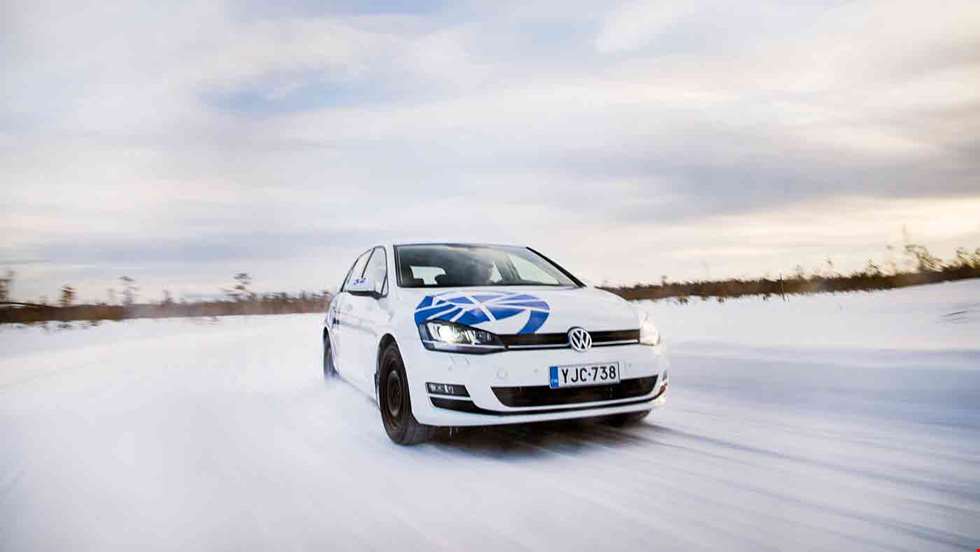
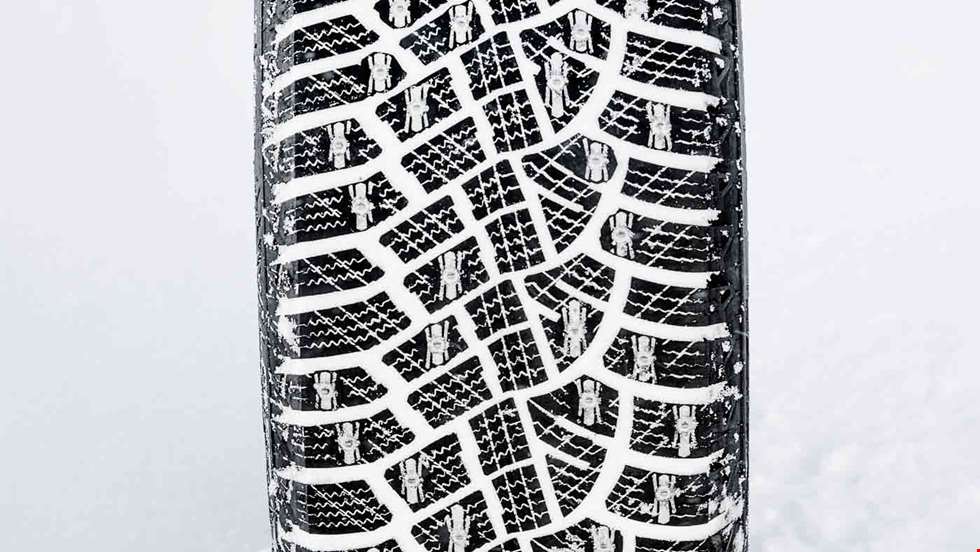
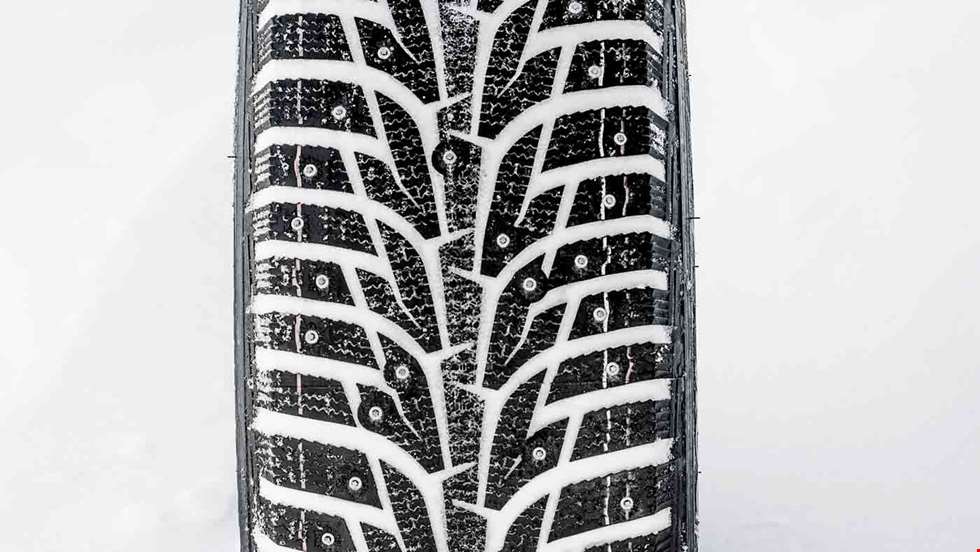
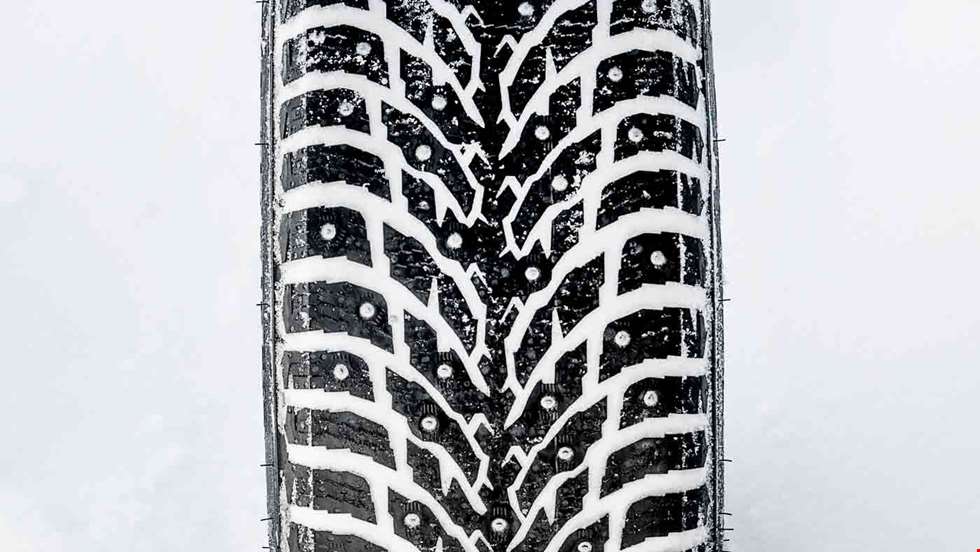
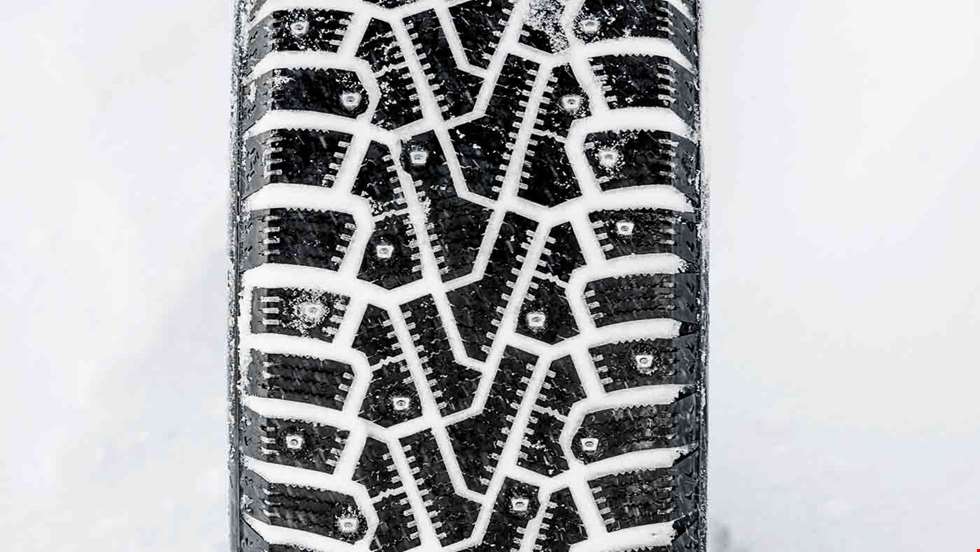
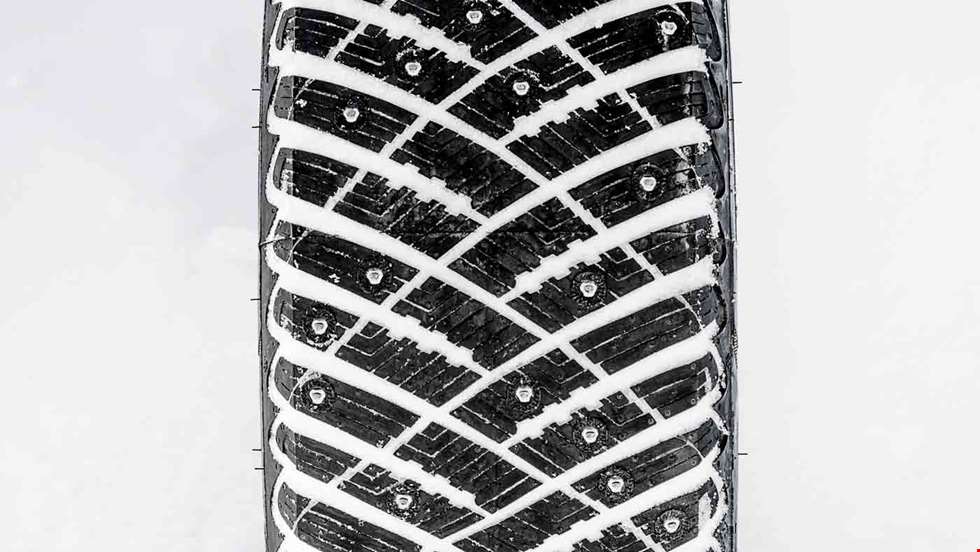
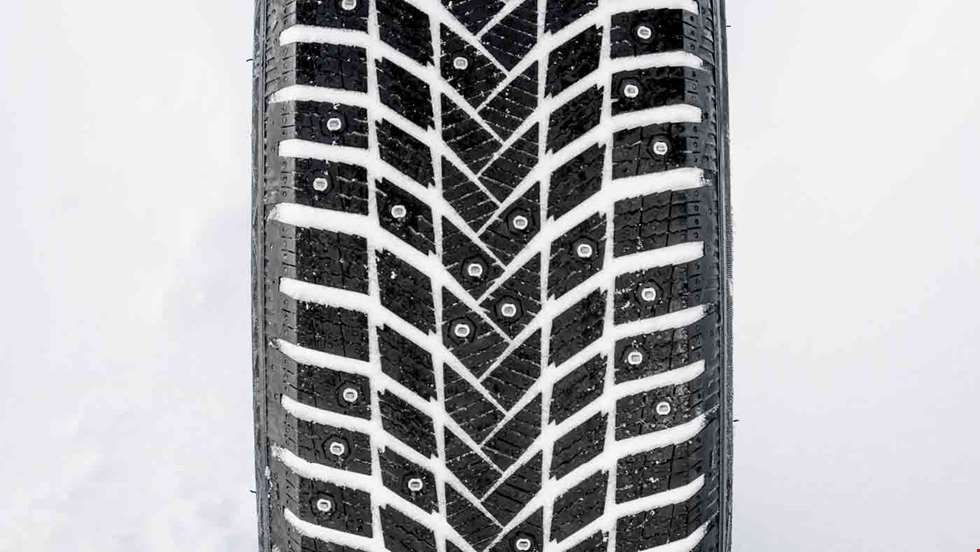
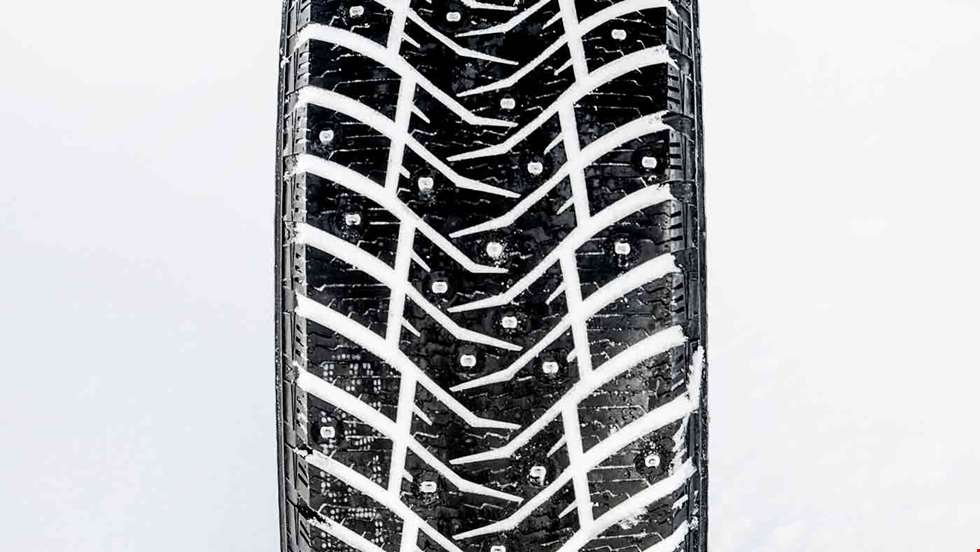
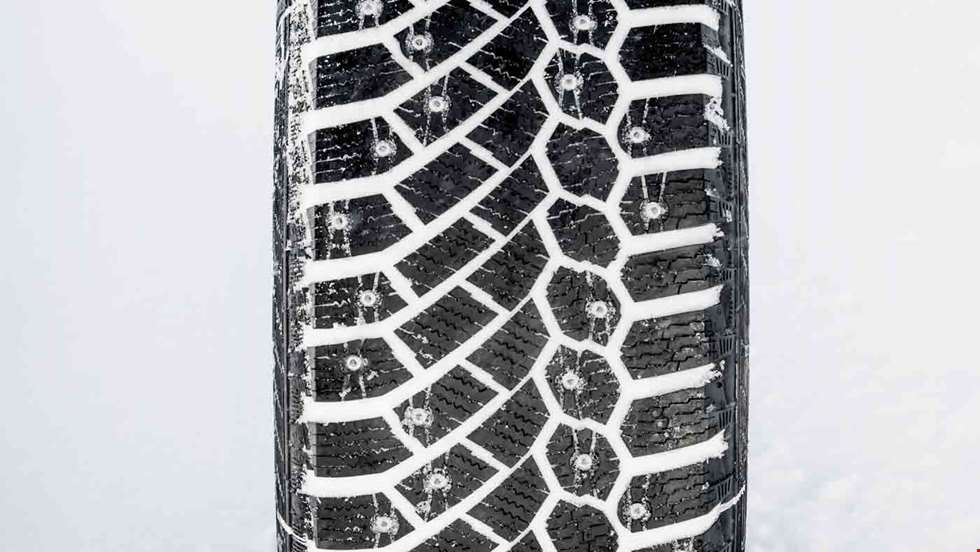
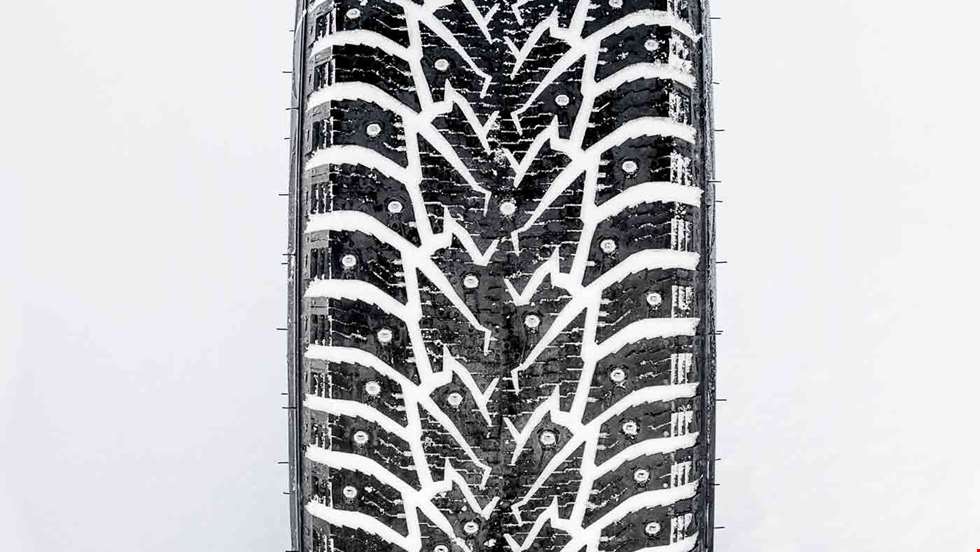
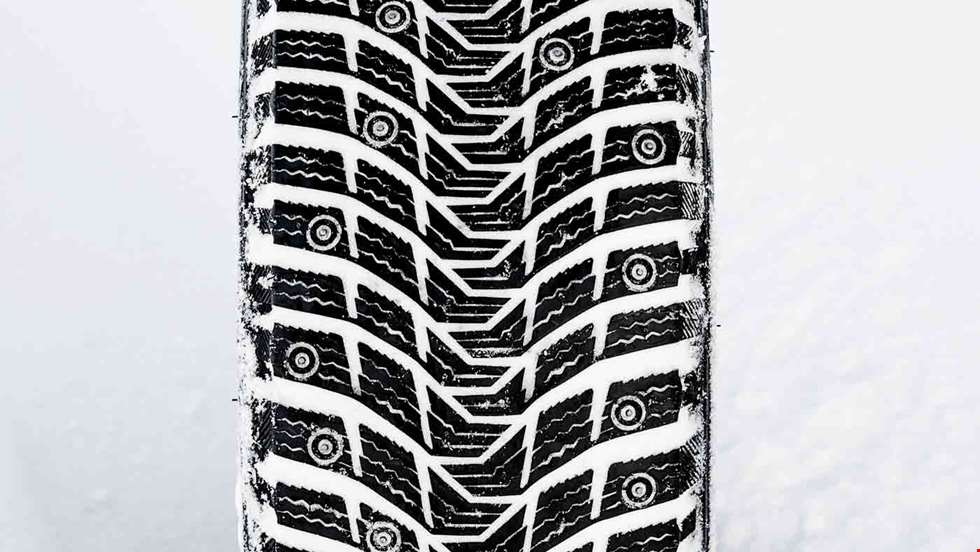
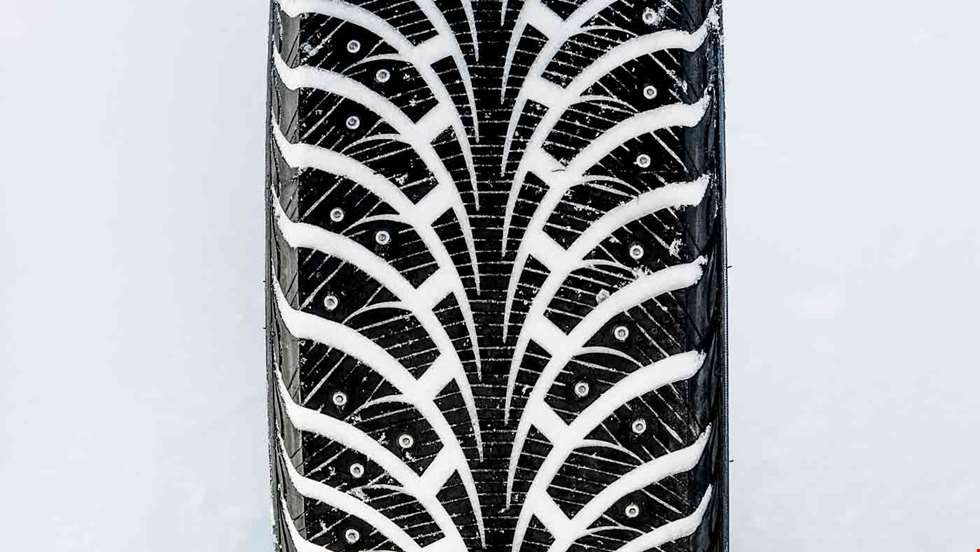
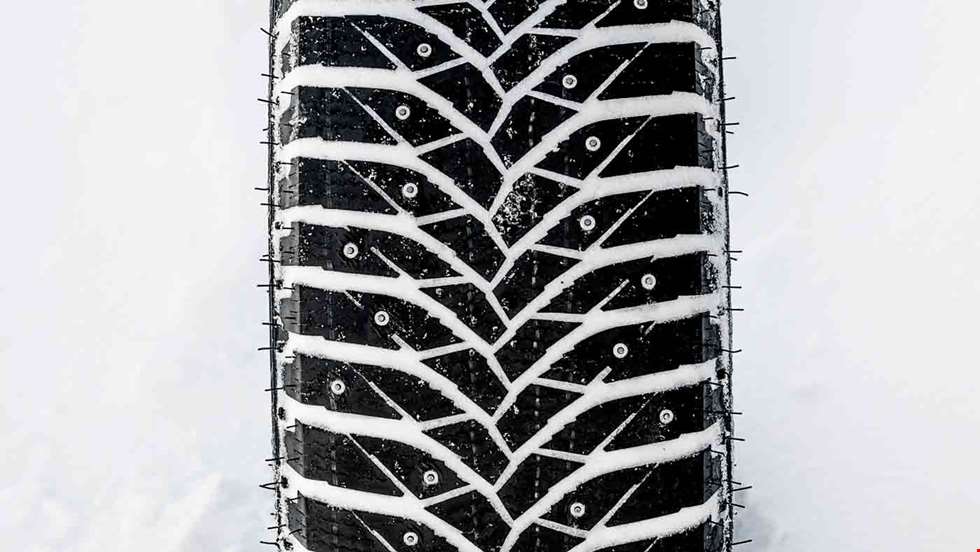
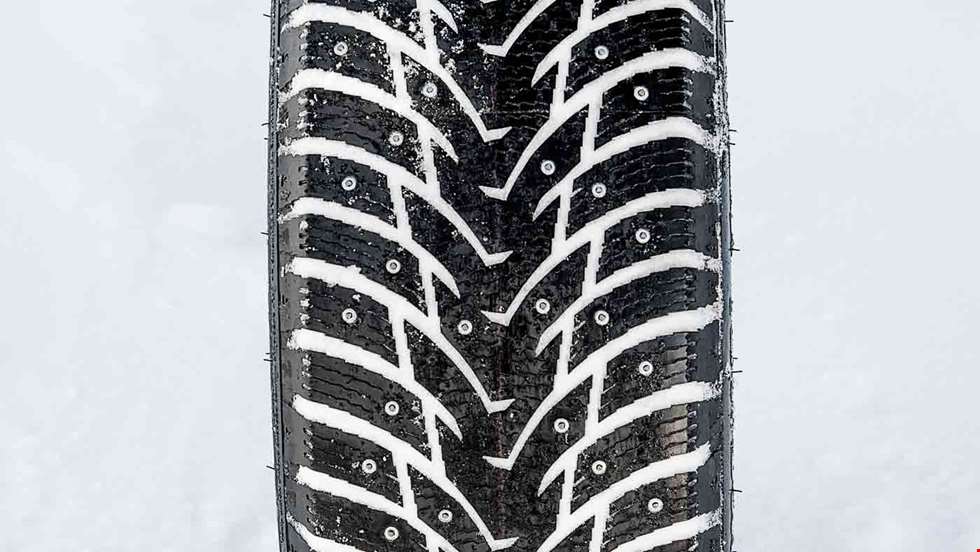
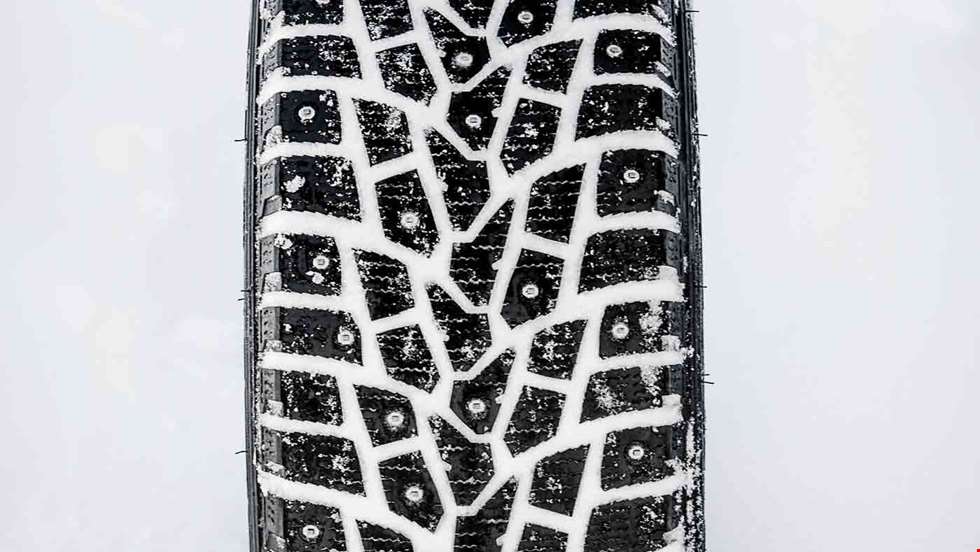
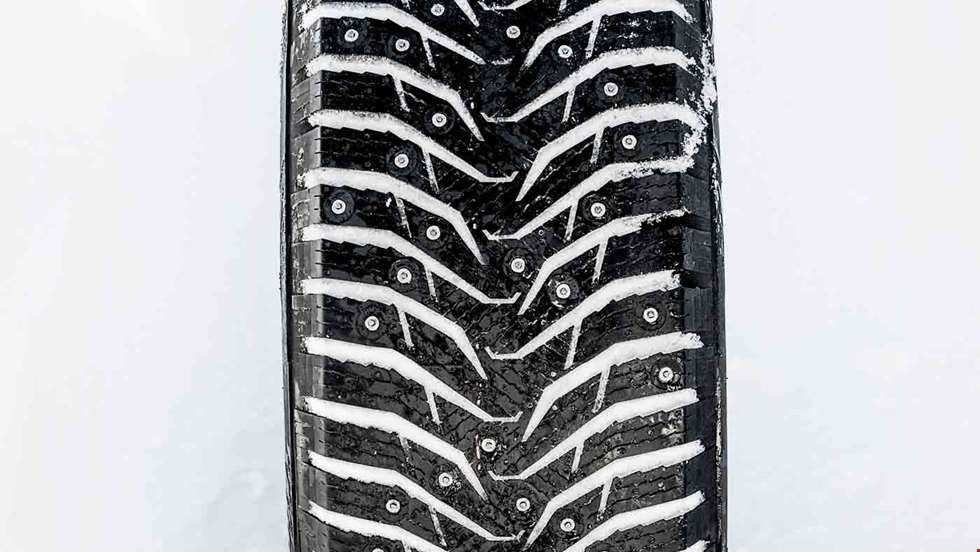
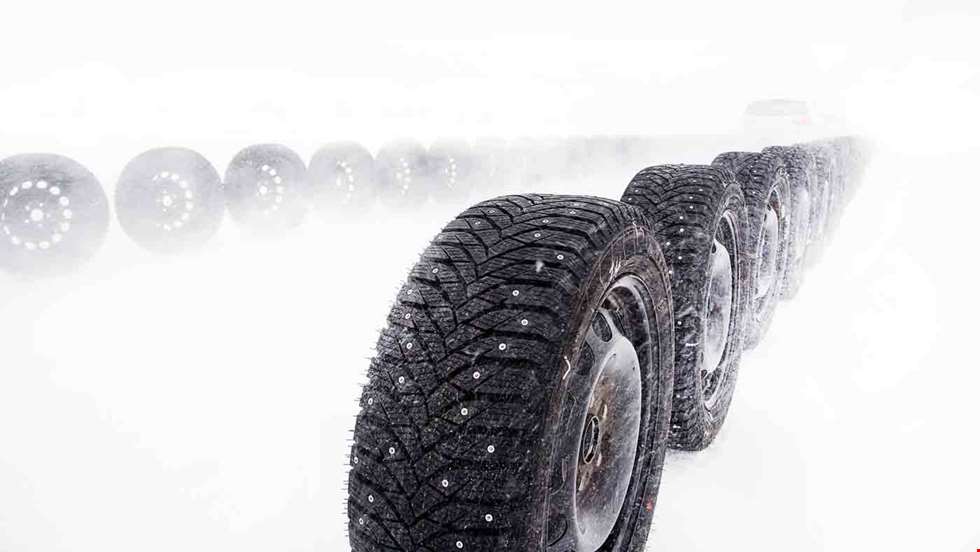
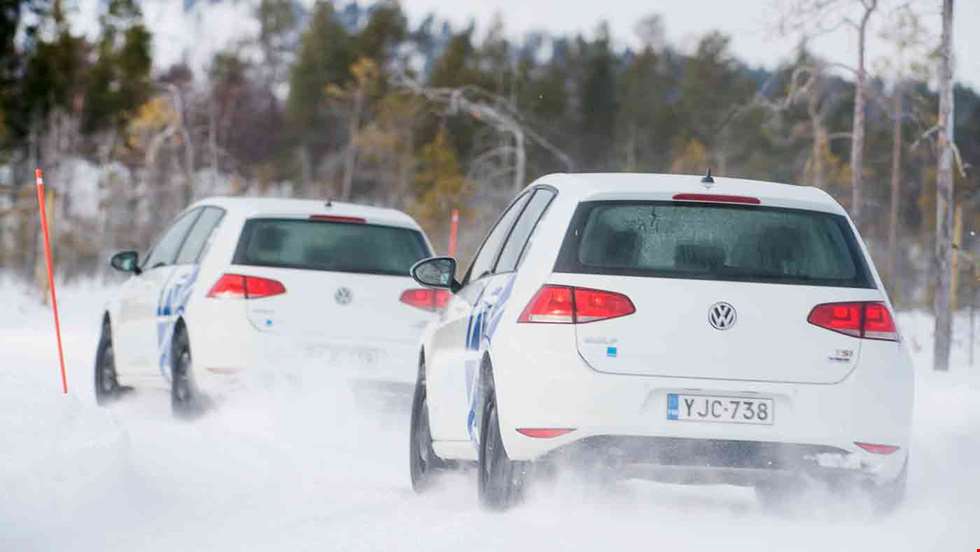
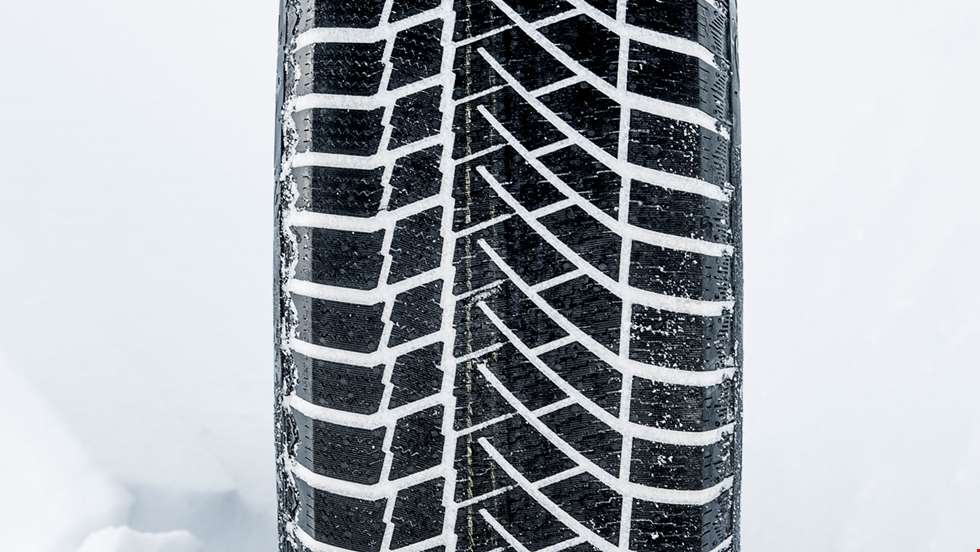
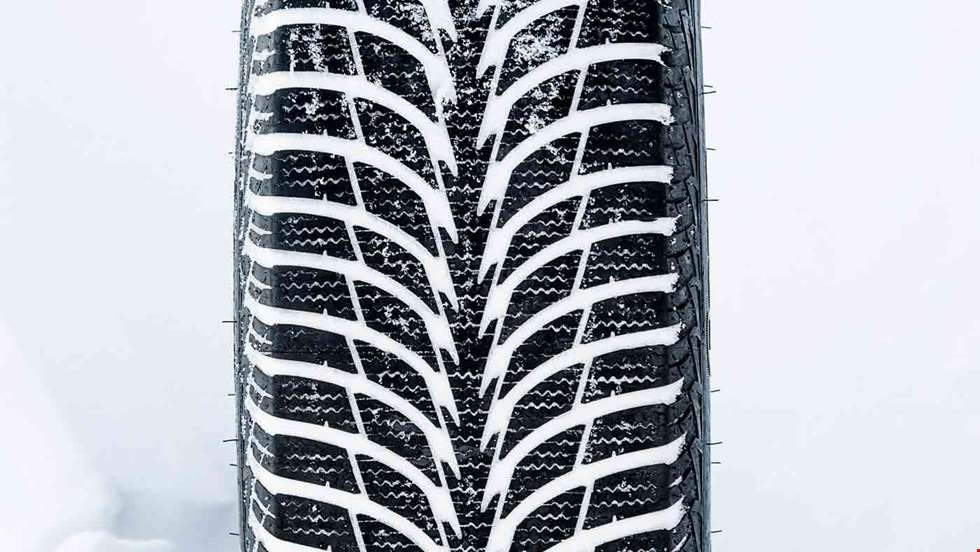
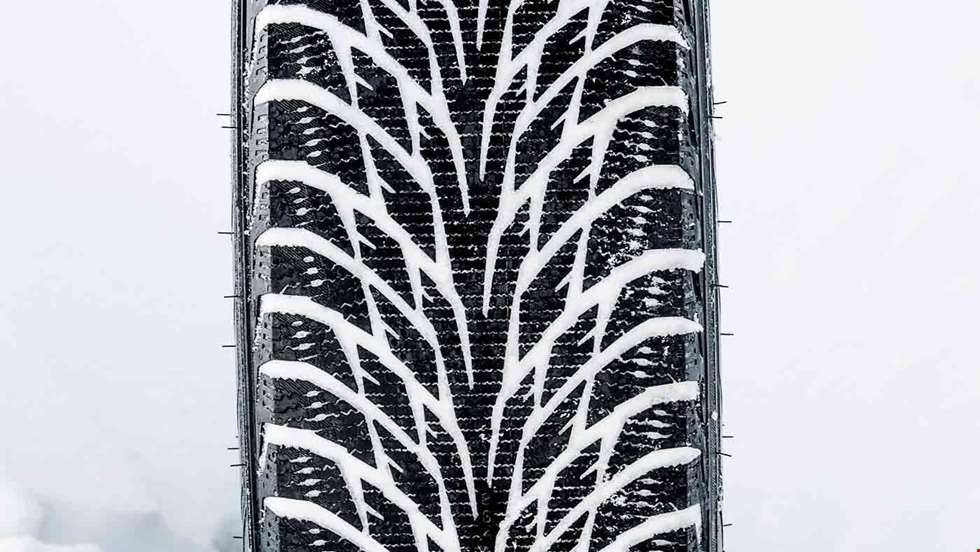
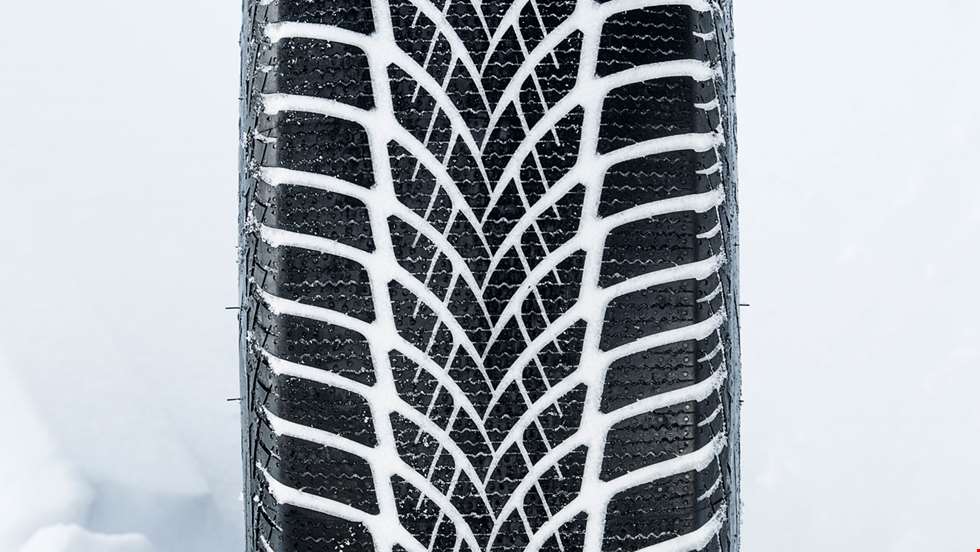
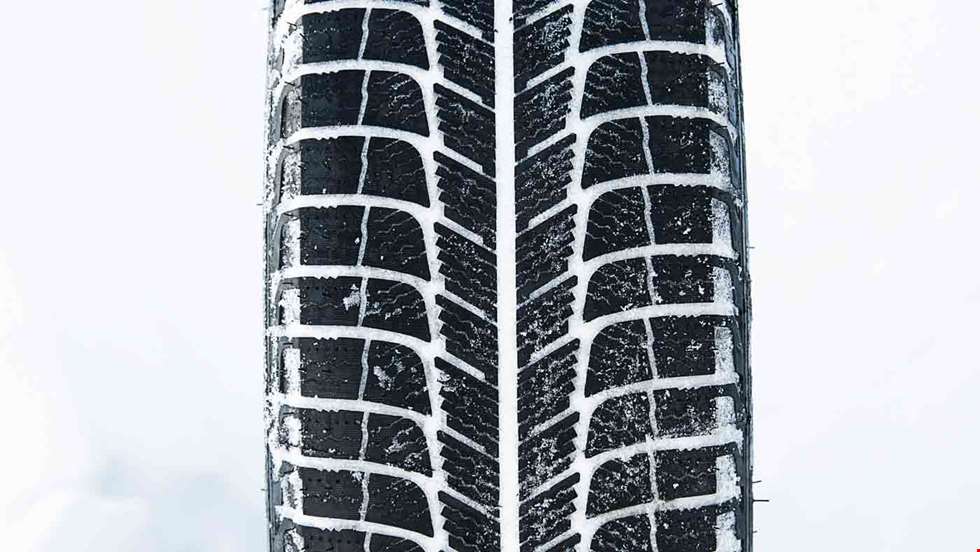
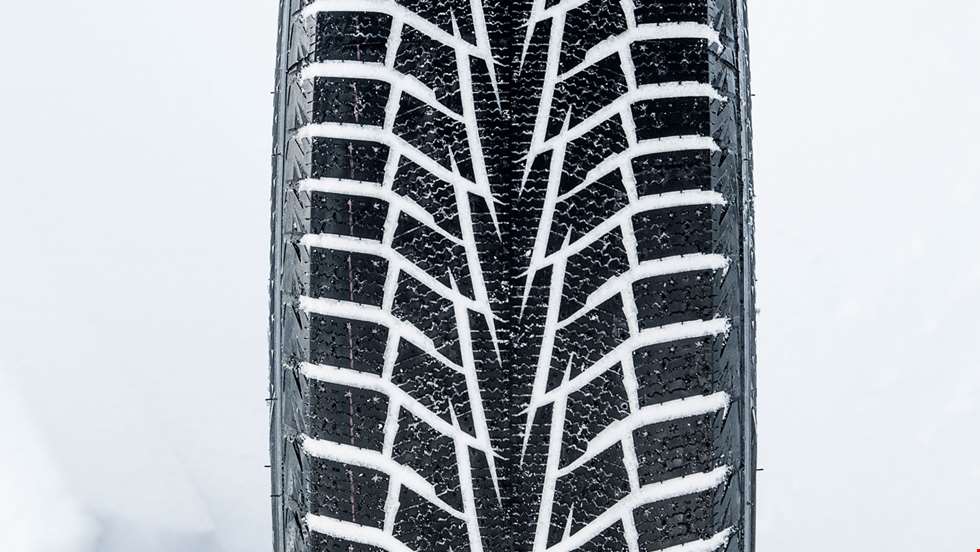
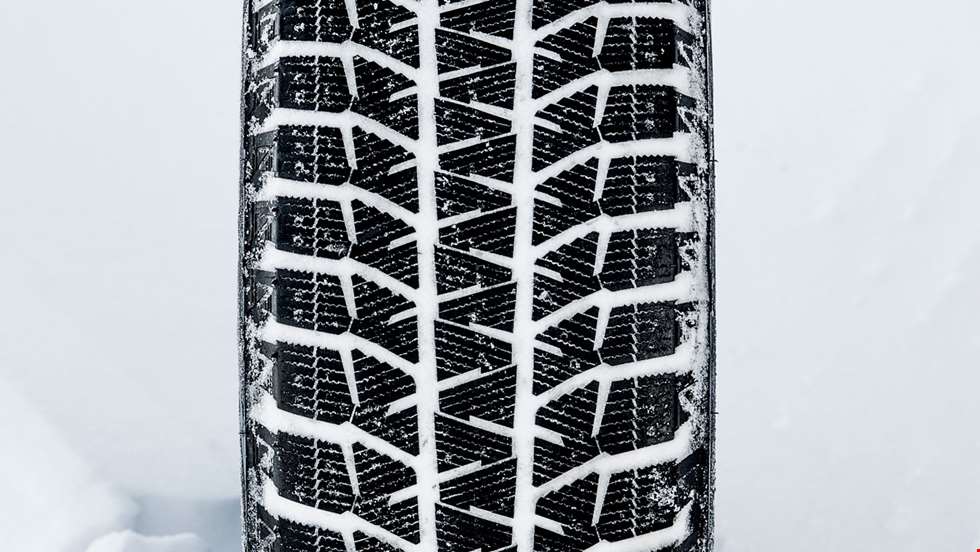
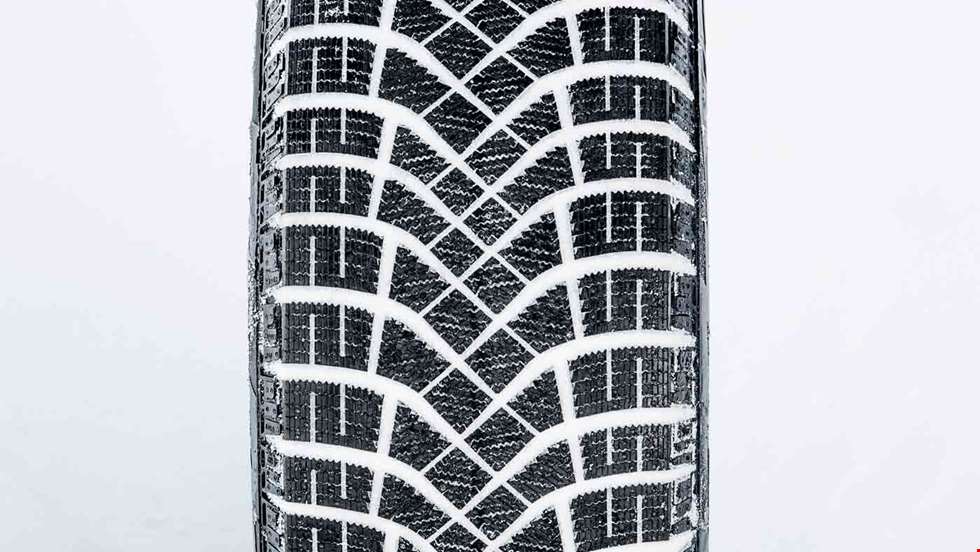
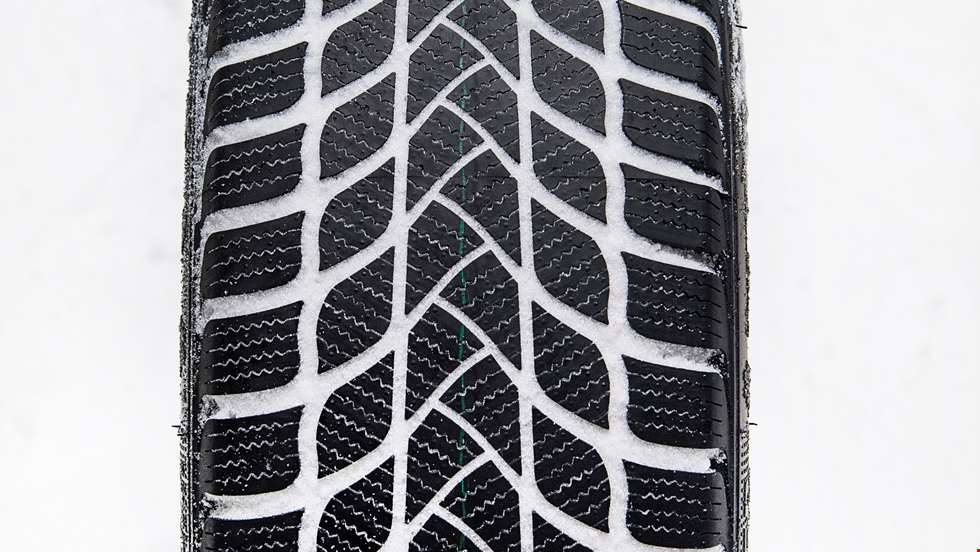
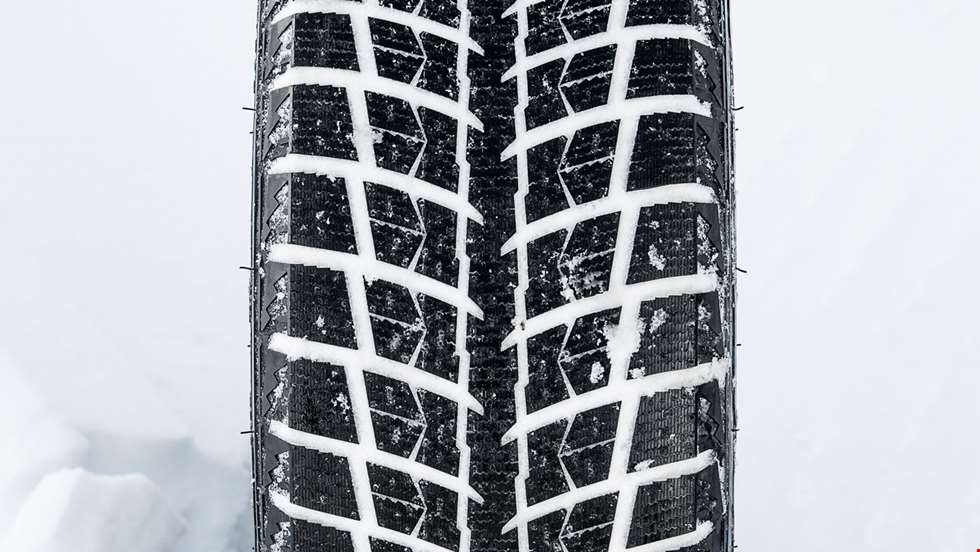
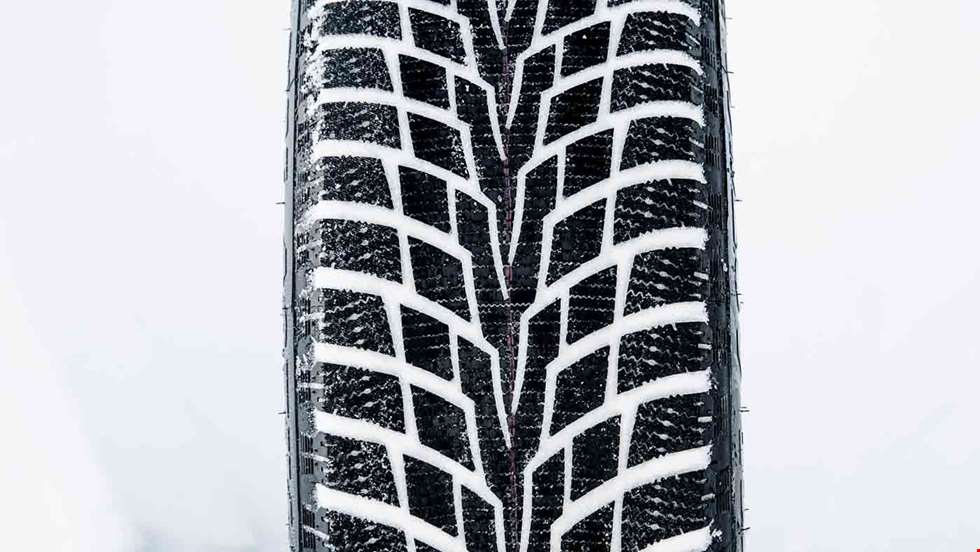
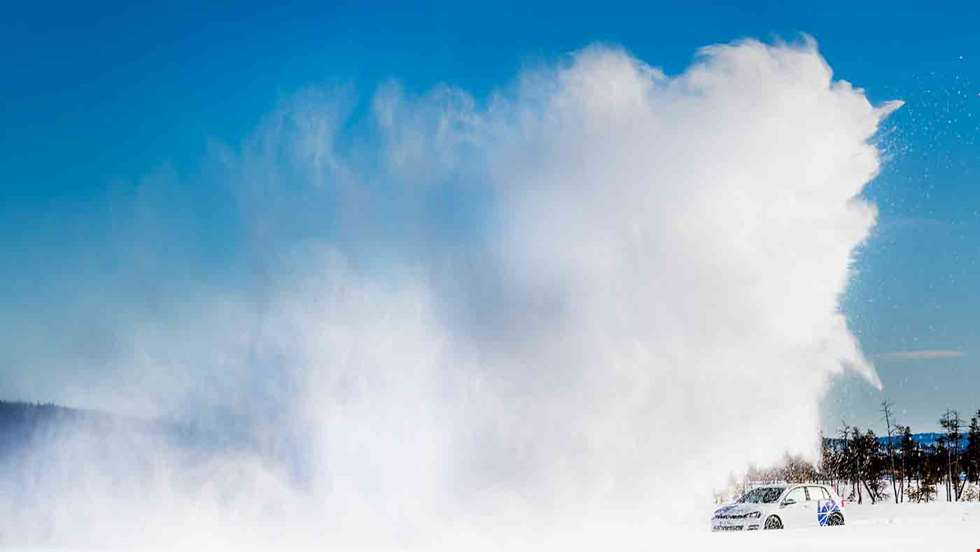
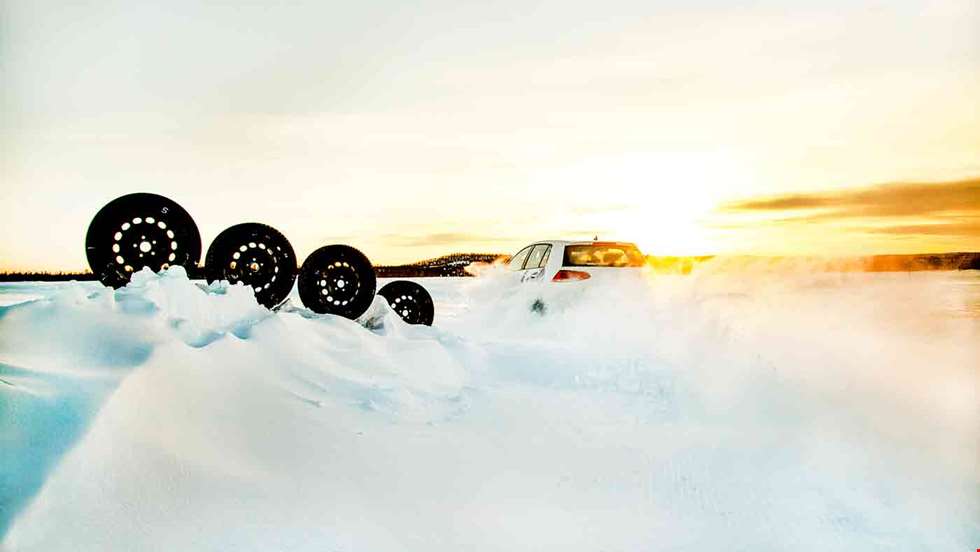
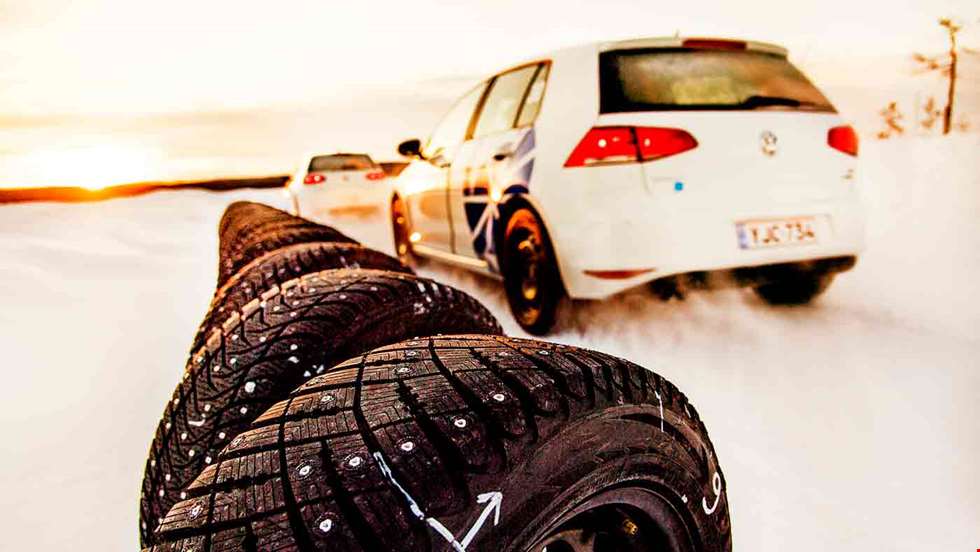
The Swedish magazine Vi Bilagare declared the Hakka 9 the winner in their testing, as did the Russian magazine Za Rulem. Their testing is not as comprehensive as that done by Test World in Finland (for NAF, Tekniikan Maailma, etc). And the number of tires tested is usually smaller.
I wish Test World would include slush-planing in their annual winter test.
It would not surprise me to see a Hakka R3 and XIce Xi4 available during Oct 2018.
In the Vi Bilagare test, 7 different studded tires were included. The Hankook RS+ was included, but the Conti Contact2 was not, because the 205/55R16 test tires had abnormally long stud protrusion. This information comes from the Russian web site shina.guide
https://shina.guide/press/12073/
Thanks for sharing this information!
Thank you for such valuable information. In my search for an inexpensive studded tire that also performs well, I had decided that either the Kumho WINTERCRAFT ICE Wi31 or the factory-studded Vredestein WINTRAC ICE (yes, they are available in Canada) would fit the bill. My online tire retailer rated the Kumho 5/5 and the Vredestein 4.2/5, and included a 12-month road hazard warranty plus a $40 mail-in rebate on both. For 4 tires (without rebate, shipping and taxes), the Kumhos are $471.72, and the Vredesteins $499.80.
I’d never heard of Vredestein, and with the Kumho 5/5 rating I was ready to place my order, but at the last minute decided to do a quick Google search for reviews on both. A few websites later the Vredesteins are looking pretty good, but what about that 5/5 Kumho rating? Enter your Hakka 9…Winter Tire Test article. Decision made! Now I’ll be cruising through this rainy, icy, slushy, snowy (sometimes all in one day!) Newfoundland winter on Vreddestein tires. And thanks once again.
Thanks, I’ll add a paragraph about the Vredesteins. The only studded tire shown on their Canadian website is the older Arctrac. It was last tested by the NAF in 2014 and this Wintrac appears to be a much better tire.
I’m glad we could help make the best choice. Enjoy your tires!
“The Hakka R2 did not impress as much as it has in the past, with surprisingly mediocre ice performance, mediocre dry road stability, and easily the worst wet braking performance.”
Nokian has announced that the new Hakka R3 and R3 SUV studless tires will be available in 2018.
From the Swedish magazine Teknikens Varld is this test of 9 studded tires versus 6 studless tires versus 3 performance winters.
I’ve just switched from the studless 255/55/20 Cooper Weathermaster WSCs to the studded Hakka 9s in a 265/50/20. I’m not sure I’m happy with the change. I felt much more confident with the Coopers in the corners — the Hakas feel a bit twitchy. I’ve also noticed that they skip and slide on the rumble strips at the side of the road.
In short, I feel that the overall performance of the Cooper’s was better than that of the Hakas (which have me feeling a bit twitchy at times). Do you think that the slight increase in width is responsible? Have you compared the Cooper Weathermaster in your testing at all? I was generally quite impressed with the Cooper’s performance and rather surprised with the feel of the Hakkas (which I antiscipated to be outstanding).
The winter tire tests we typically post are from the Scandinavian countries. It’s possible that Cooper tires are not sold there because I’ve never seen any appear in the tests.
What was the tread depth when the Coopers were replaced?
The steering and handling feel of winter tires on grippy pavement will continually improve as the tread wears and the tire evolves from being a winter tire to essentially an all-season tire and then a summer tire. If your Coopers were replaced due to wear, with low tread depth remaining, any new winter tire would likely feel soft and mushy in comparison. It’s possible the Hakkas feel even softer and mushier than the WSCs when both are new, so the difference from old WSCs to new Hakkas could be dramatic.
I don’t have any experience with the studless WSC but in the past Cooper tires often had unusually firm sidewalls – 2 ply when most were only 1 ply – that would contribute to lateral stability at the expense of ride comfort. I have had a few sets of Coopers and many of my family and close friends also have and they make good tires. I can relate to being happy with them, particularly when it comes to cornering stability.
The best tire on clean dry pavement is a slick. In general, the farther you move away from that toward winter performance capability, the worse the tire is going to feel and perform on dry pavement. The flexible tread and sidewall that work so well in winter conditions become mushy when subjected to higher grip levels.
When I’m driving on clean pavement with winter tires, I just accept the mushiness as an indication that I should drive calmly on them and preserve them for the winter conditions. They will perform acceptably on dry pavement if a situation occurs where you really need the performance, but they will require more steering corrections and the tread is likely to get torn up if you do it too often.
It’s like F1 racing. They normally run slicks and can get up to 50 laps on the harder “long-run” compounds, and as little as 10 on the softer “qualifying” ones. The light wet “intermediate” (summer) and heavy wet (all-season) tires will last almost indefinitely on a wet track. But if the track gets too dry, the light wet tires will have all the tread torn off after about three laps while the heavy wet tires won’t even make a lap. I don’t think a winter tread would make it through a single corner. The tread lugs would just fly off in huge chunks at 5 g’s.
Serious winter tires are simply not ideal for hard cornering on high traction surfaces. A milder winter tire might be preferable if those conditions dominate your winter driving experience.